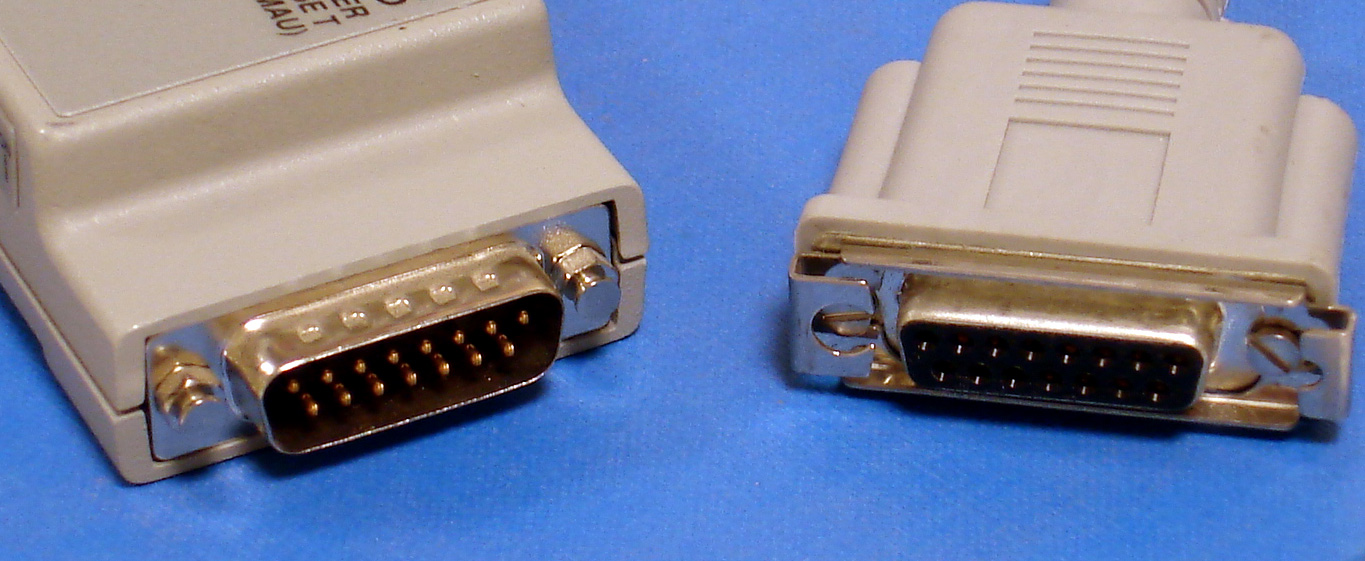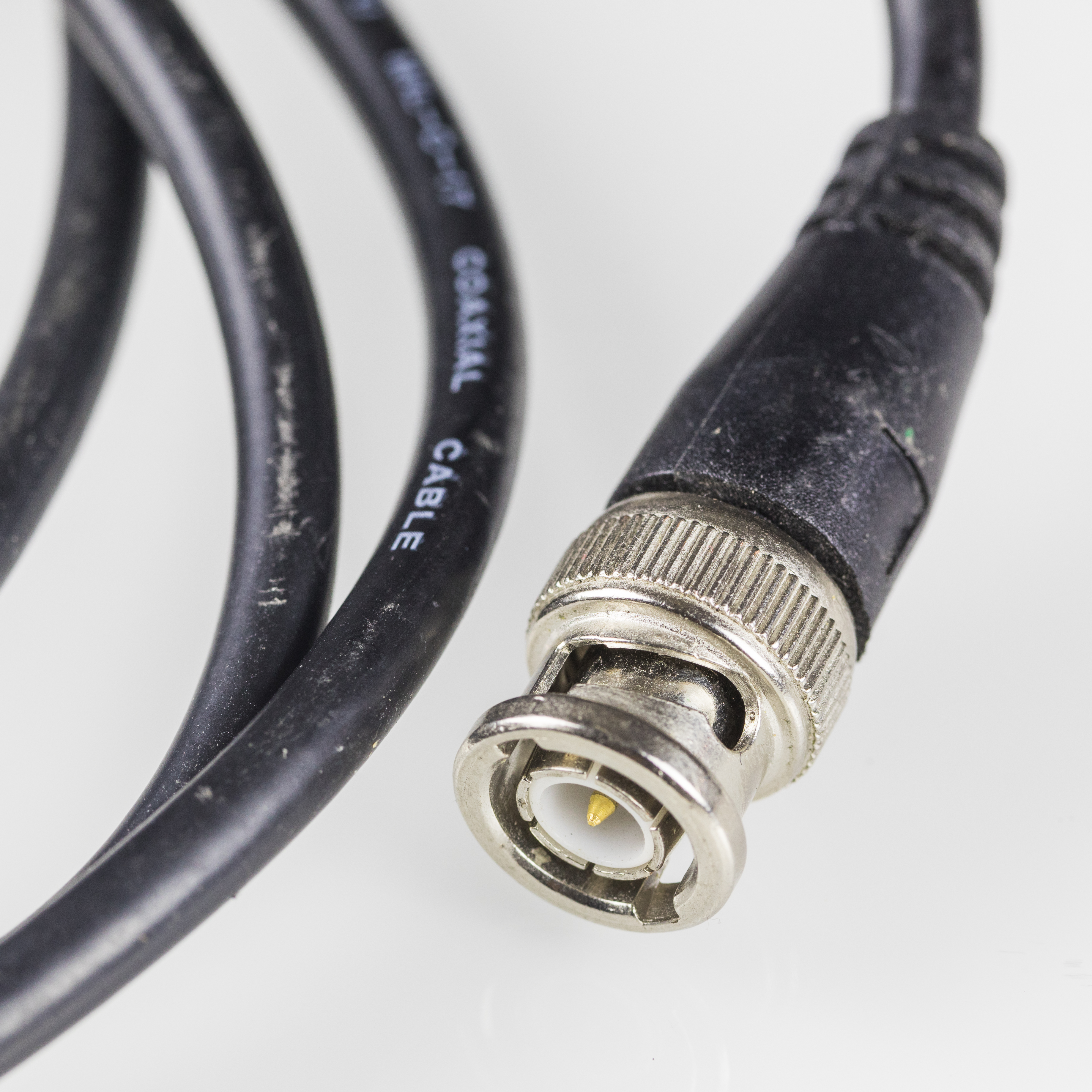|
Altos 586
The Altos 586 was a multi-user microcomputer intended for the business market. It was introduced by Altos Computer Systems in 1983. A configuration with 512 kB of RAM, an Intel 8086 processor, Microsoft Xenix, and 10 MB hard drive cost about US$8,000. 3Com offered this Altos 586 product as a file server for their IBM PC networking solution in spring 1983. The network was 10Base-2 (thin-net) based, with an Ethernet AUI port on the Altos 586. Reception ''BYTE'' in August 1984 called the Altos 586 "an excellent multiuser UNIX system", with "the best performance" for the price among small Unix systems. The magazine reported that a Altos with 512 kB RAM and 40 MB hard drive "under moderate load approaches DEC VAX performance for most tasks that a user would normally invoke". A longer review in March 1985 stated that "despite some bugs, it's a good product". It criticized the documentation and lack of customer service for developers, but praised the multiuser performance. The autho ... [...More Info...] [...Related Items...] OR: [Wikipedia] [Google] [Baidu] |
Altos Computer Systems
Altos Computer Systems was founded in 1977 by David G. Jackson and Roger William Vass Sr. It focused on small multi-user computers, starting with multi-user derivatives of CP/M, and later including Unix and Xenix-based machines. In its 1982 initial public offering on NASDAQ, the company raised $59M. Thereafter the company's stock was traded under the symbol ALTO. Coming under increasing pressure from competitors in the server market, such as Compaq and Sun Microsystems, Altos posted a $5M loss (its first ever) in the fiscal year ending in June, 1989. In the aftermath, Altos was acquired by Acer in 1990 for $94M, although mostly for its US distribution channels rather than its technology. Shortly before this acquisition, there were about 128,000 Altos systems installed throughout the world. Company history and products According to a brief history of the company, which ran as an advertisement on their 10th anniversary, Altos Computer Systems was started by Dave Jackson in 197 ... [...More Info...] [...Related Items...] OR: [Wikipedia] [Google] [Baidu] |
Microsoft
Microsoft Corporation is an American multinational corporation, multinational technology company, technology corporation producing Software, computer software, consumer electronics, personal computers, and related services headquartered at the Microsoft Redmond campus located in Redmond, Washington, United States. Its best-known software products are the Microsoft Windows, Windows line of operating systems, the Microsoft Office Productivity software#Office suite, suite, and the Internet Explorer and Microsoft Edge, Edge web browsers. Its flagship hardware products are the Xbox video game consoles and the Microsoft Surface lineup of touchscreen personal computers. Microsoft ranked No. 21 in the 2020 Fortune 500 rankings of the largest United States corporations by total revenue; it was the world's List of the largest software companies, largest software maker by revenue as of 2019. It is one of the Big Tech, Big Five American information technology companies, alongside Alphabet ... [...More Info...] [...Related Items...] OR: [Wikipedia] [Google] [Baidu] |
Microcomputers
A microcomputer is a small, relatively inexpensive computer having a central processing unit (CPU) made out of a microprocessor. The computer also includes memory and input/output (I/O) circuitry together mounted on a printed circuit board (PCB). Microcomputers became popular in the 1970s and 1980s with the advent of increasingly powerful microprocessors. The predecessors to these computers, mainframes and minicomputers, were comparatively much larger and more expensive (though indeed present-day mainframes such as the IBM System z machines use one or more custom microprocessors as their CPUs). Many microcomputers (when equipped with a keyboard and screen for input and output) are also personal computers (in the generic sense). An early use of the term ''personal computer'' in 1962 predates microprocessor-based designs. ''(See "Personal Computer: Computers at Companies" reference below)''. A ''microcomputer'' used as an embedded control system may have no human-readable inp ... [...More Info...] [...Related Items...] OR: [Wikipedia] [Google] [Baidu] |
Fortune XP 20
Fortune may refer to: General * Fortuna or Fortune, the Roman goddess of luck * Luck * Wealth * Fortune, a prediction made in fortune-telling * Fortune, in a fortune cookie Arts and entertainment Film and television * ''The Fortune'' (1931 film), a French film * ''The Fortune'', a 1975 American film * Fortune TV, Burma * '' Fortune: Million Pound Giveaway'', a 2007 UK TV programme * "Fortune" (''Smallville''), a US TV episode Music * Fortune Records, 1946–1995 * Fortune (band), 1980s, US * The Fortunes, an English harmony beat group * ''Fortune'' (Beni album), 2011 * ''Fortune'' (Callers album) and its title song, 2008 * ''Fortune'' (Chris Brown album), 2012 * "Fortune" (song), by Nami Tamaki, 2005 * "Fortune", a song by Emma Pollock from ''Watch the Fireworks'', 2007 * "Fortune", a song by Great Big Sea from ''Sea of No Cares'', 2002 Sports and games * Fortune (''Metal Gear''), a video game character * Fortune (professional wrestling) Theatres * Fortune Playhouse, a th ... [...More Info...] [...Related Items...] OR: [Wikipedia] [Google] [Baidu] |
Turnkey
A turnkey, a turnkey project, or a turnkey operation (also spelled turn-key) is a type of project that is constructed so that it can be sold to any buyer as a completed product. This is contrasted with build to order, where the constructor builds an item to the buyer's exact specifications, or when an incomplete product is sold with the assumption that the buyer would complete it. A turnkey project or contract as described by Duncan Wallace (1984) is: Turnkey contract is typically a construction contract under which a contractor is employed to plan, design and build a project or an infrastructure and do any other necessary development to make it functional or ‘ready to use’ at an agreed price and by a fixed date. In Turnkey contracts, most of the time employer provides the primary design. The contractor must follow the primary design provided by the employer. A turnkey computer system is a complete computer including hardware, operating system and application(s) designed a ... [...More Info...] [...Related Items...] OR: [Wikipedia] [Google] [Baidu] |
Bulletin Board System
A bulletin board system (BBS), also called computer bulletin board service (CBBS), is a computer server running software that allows users to connect to the system using a terminal program. Once logged in, the user can perform functions such as uploading and downloading software and data, reading news and bulletins, and exchanging messages with other users through public message boards and sometimes via direct chatting. In the early 1980s, message networks such as FidoNet were developed to provide services such as NetMail, which is similar to internet-based email. Many BBSes also offer online games in which users can compete with each other. BBSes with multiple phone lines often provide chat rooms, allowing users to interact with each other. Bulletin board systems were in many ways a precursor to the modern form of the World Wide Web, social networks, and other aspects of the Internet. Low-cost, high-performance asynchronous modems drove the use of online services and ... [...More Info...] [...Related Items...] OR: [Wikipedia] [Google] [Baidu] |
Attachment Unit Interface
The Attachment Unit Interface (AUI) is a physical and logical interface defined in the original IEEE 802.3 standard for 10BASE5 Ethernet and the previous DIX standard. The physical interface consists of a 15-pin D-subminiature connection that provides a path between an Ethernet node's physical signaling and the Medium Attachment Unit (MAU), sometimes also known as a transceiver. An AUI cable may be up to long, although frequently the cable is omitted altogether and the MAU and medium access controller MAC are directly attached to one another. On Ethernet implementations without separate MAU and MAC, the AUI is omitted. AUI connectors became rare beginning in the early 1990s when computers and hubs began to incorporate the MAU, particularly as the 10BASE-T standard became more common and use of 10BASE5 (thicknet) and 10BASE2 (thinnet) declined. The electrical AUI connection was still present inside the equipment. With the introduction of Fast Ethernet the AUI became obso ... [...More Info...] [...Related Items...] OR: [Wikipedia] [Google] [Baidu] |
Ethernet
Ethernet () is a family of wired computer networking technologies commonly used in local area networks (LAN), metropolitan area networks (MAN) and wide area networks (WAN). It was commercially introduced in 1980 and first standardized in 1983 as IEEE 802.3. Ethernet has since been refined to support higher bit rates, a greater number of nodes, and longer link distances, but retains much backward compatibility. Over time, Ethernet has largely replaced competing wired LAN technologies such as Token Ring, FDDI and ARCNET. The original 10BASE5 Ethernet uses coaxial cable as a shared medium, while the newer Ethernet variants use twisted pair and fiber optic links in conjunction with switches. Over the course of its history, Ethernet data transfer rates have been increased from the original to the latest , with rates up to under development. The Ethernet standards include several wiring and signaling variants of the OSI physical layer. Systems communicating over ... [...More Info...] [...Related Items...] OR: [Wikipedia] [Google] [Baidu] |
10BASE2
10BASE2 (also known as cheapernet, thin Ethernet, thinnet, and thinwire) is a variant of Ethernet that uses thin coaxial cable terminated with BNC connectors to build a local area network. During the mid to late 1980s this was the dominant 10 Mbit/s Ethernet standard, but due to the immense demand for high-speed networking, the low cost of Category 5 cable, and the popularity of 802.11 wireless networks, both 10BASE2 and 10BASE5 have become increasingly obsolete, though devices still exist in some locations. As of 2011, IEEE 802.3 has deprecated this standard for new installations. Name origination The name ''10BASE2'' is derived from several characteristics of the physical medium. The ''10'' comes from the transmission speed of 10 Mbit/s. The ''BASE'' stands for baseband signaling, and the ''2'' for a maximum segment length approaching 200 m (the actual maximum length is 185 m). Signal encoding 10 Mbit/s Ethernet uses Manchester coding. A binary ... [...More Info...] [...Related Items...] OR: [Wikipedia] [Google] [Baidu] |
3Com
3Com Corporation was an American digital electronics manufacturer best known for its computer network products. The company was co-founded in 1979 by Robert Metcalfe, Howard Charney and others. Bill Krause joined as President in 1981. Metcalfe explained the name 3Com was a contraction of "Computer Communication Compatibility", with its focus on Ethernet technology that he had co-invented, which enabled the networking of computers. 3Com provided network interface controller and switches, routers, wireless access points and controllers, IP voice systems, and intrusion prevention systems. The company was based in Santa Clara, California. From its 2007 acquisition of 100 percent ownership of H3C Technologies Co., Limited (H3C) —initially a joint venture with China-based Huawei Technologies—3Com achieved a market presence in China, and a significant networking market share in Europe, Asia, and the Americas. 3Com products were sold under the brands 3Com, H3C, and Tipp ... [...More Info...] [...Related Items...] OR: [Wikipedia] [Google] [Baidu] |
Microcomputer
A microcomputer is a small, relatively inexpensive computer having a central processing unit (CPU) made out of a microprocessor. The computer also includes memory and input/output (I/O) circuitry together mounted on a printed circuit board (PCB). Microcomputers became popular in the 1970s and 1980s with the advent of increasingly powerful microprocessors. The predecessors to these computers, mainframes and minicomputers, were comparatively much larger and more expensive (though indeed present-day mainframes such as the IBM System z machines use one or more custom microprocessors as their CPUs). Many microcomputers (when equipped with a keyboard and screen for input and output) are also personal computers (in the generic sense). An early use of the term ''personal computer'' in 1962 predates microprocessor-based designs. ''(See "Personal Computer: Computers at Companies" reference below)''. A ''microcomputer'' used as an embedded control system may have no human-readable i ... [...More Info...] [...Related Items...] OR: [Wikipedia] [Google] [Baidu] |







